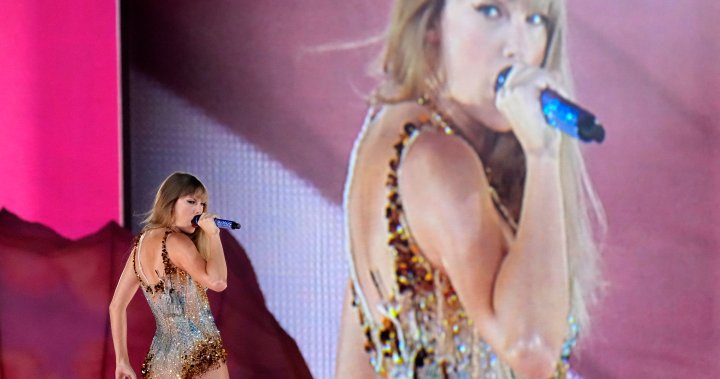In the early months of 1969, two avid music enthusiasts named Ken and Dub stumbled upon a collection of unreleased Bob Dylan songs from 1967. These songs were originally sent as demos to Dylan’s music publisher but had somehow made their way into the hands of employees at a major record distributor in Los Angeles. Recognizing the financial opportunity, Ken and Dub, using their connections, managed to find a record-pressing plant that would make copies of these songs.
Their actions resulted in the creation of an entirely unauthorized and illegal album, which they cunningly sold from the trunks of their cars under the title “Great White Wonder.” Surprisingly, by July 1969, the album had spread across North America and even received significant radio airplay. This marked the birth of the modern bootleg record and presented a new problem for the recorded music industry.
Throughout the 1970s, bootlegs continued to flourish. Some originated from individuals working in recording studios, while others were created by duplicating test pressings and cassettes meant for internal use. Enterprising bootleggers would even scavenge used reels of audio tape discarded by recording studios, hoping to find unreleased material or audio documentation of album creation.
The recorded music industry, along with law enforcement agencies, attempted to crack down on bootleggers. However, their efforts often felt like a futile game of Whack-a-Mole, as production would simply relocate to countries with lax intellectual property laws and sketchy law enforcement. China, Russia, Poland, Ukraine, and Indonesia became popular havens for bootleg production. Surprisingly, even territories like Italy, and the tiny San Marino, had copyright laws that didn’t deem certain types of bootlegging illegal.
Criminal elements also became involved, with rumors suggesting that the Irish Republican Army funded some of its activities through the sale of bootleg recordings. In the tri-border area of South America, notorious for smuggling and organized crime, bootlegs and counterfeit records became common currency. Many of these illicit records found their way to the West, where they were sold under the counter to trusted customers at independent record stores.
It is worth noting that bootlegs differ from counterfeit records. Bootlegs are compilations of songs sourced from various unauthorized recordings, such as live performances, while counterfeit records are designed to mimic authentic releases and deceive consumers. Music fans often favor bootlegs because they offer unique and unavailable material.
The advent of the CD era did not put an end to bootlegging and counterfeiting. Labels like KTS gained notoriety for producing high-quality bootleg releases, making around 500 CDs featuring artists ranging from The Beatles to U2 and Nirvana. Canadian Kurt Glemser even published Hot Wacks, a bootleg guide that became a bible for collectors.
However, the rise of the internet in the mid-1990s signaled the decline of physical bootlegs. As music enthusiasts migrated to file-sharing platforms, the supply of physical bootlegs dried up. The last record store commonly known to stock bootlegs vanished about 15 years ago. Today, bootlegs primarily exist in digital form, residing on servers that prove challenging to shut down.
Now, a new bootleg war has emerged, and it revolves around artificial intelligence (AI) and human voices. The Recording Industry Association of America (RIAA), an organization representing American labels, recently released its annual Notorious Markets List. This list identifies countries that either turn a blind eye to music theft or fail to take sufficient measures against it.
For the first time, the RIAA has highlighted a new concern: voice clones. The report states, “The year 2023 saw an eruption of unauthorized AI vocal clone services, infringing the rights of both the artists whose voices are cloned and the copyright owners of the sound recordings.” The report specifically mentions a cloning service developed by a 20-year-old computer science student in the U.K. called Voicify.ai. This platform allows users to generate vocal models of artists like Michael Jackson, Taylor Swift, and even politicians like Donald Trump and Barack Obama, enabling anyone to have these figures say or sing anything they desire.
The legality of these voice clones remains uncertain due to existing laws struggling to keep up with AI technology. While consent from artists might seem necessary, there is no uniform framework in place across different countries. In the U.K., Voicify.ai operates within legal boundaries.
The RIAA strongly objects to AI voice cloning and requests that it receives the same treatment as physical bootlegs and illegal online platforms. The U.S. government appears to be attentive to these concerns. Recently, a group of senators introduced the NOFAKES Act, which aims to prevent the production and distribution of unauthorized AI-generated replicas of individuals without their consent. Those who violate the proposed law would be held liable for the damages caused by the AI-generated fakes. The proposed law would also place responsibility on hosting platforms for unauthorized replications, which could encompass sites like Voicify.ai, YouTube, Spotify, and TikTok.
Voicify.ai is still in its early stages but has gained rapid popularity. It is likely that other similar programs will follow its success. Don’t be surprised if you come across a rendition of Taylor Swift singing a Cannibal Corpse song. After all, why not give it a listen?
Denial of responsibility! Vigour Times is an automatic aggregator of Global media. In each content, the hyperlink to the primary source is specified. All trademarks belong to their rightful owners, and all materials to their authors. For any complaint, please reach us at – [email protected]. We will take necessary action within 24 hours.


